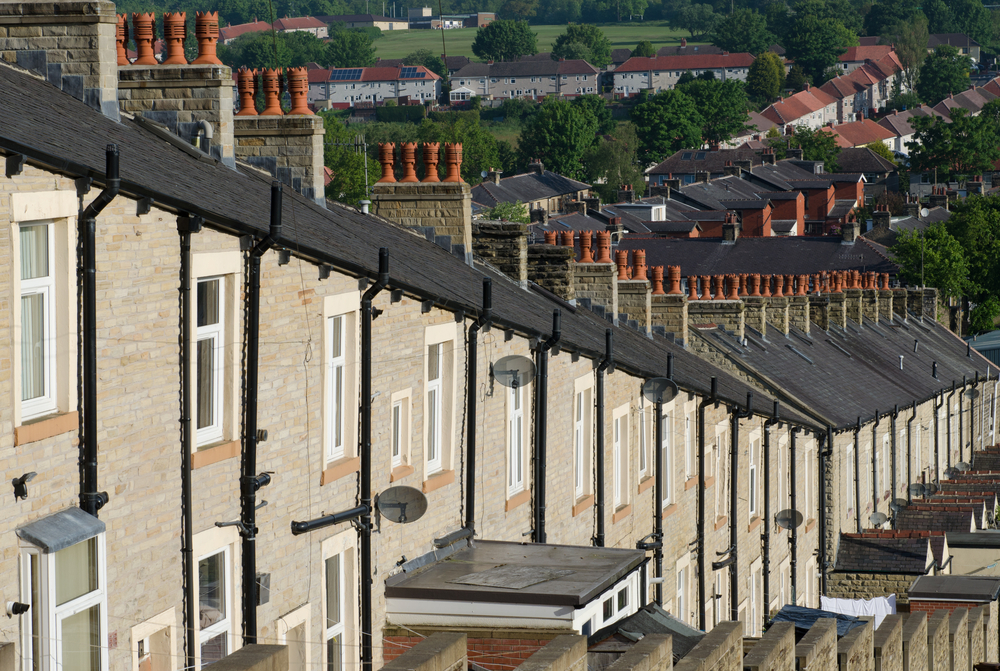
2020 was a bumpy year which left most predictions for the housing market in tatters. It started out on a high in January but came to a grinding halt in March as we entered the first lockdown.
But, it picked back up with a vengeance as we emerged from lockdown with differing housing priorities and a promised Stamp Duty holiday.
With 2020 firmly behind us, it’s a good opportunity to reflect on what was an unexpected year and consider what may be in store for 2021.
Appetite for mortgages
Buyers were discouraged from going ahead with house sales and purchases, and viewings and surveys came to a halt as the UK entered lockdown in March last year.
As an online mortgage broker already well versed with working remotely, we quickly switched our efforts to focus on helping our customers remortgage and make savings during this time.
The property market bounced back in the second half of 2020, as demand for property soared, and the introduction of the Stamp Duty holiday meant buyers could save as much as £15,000 on their property purchase.
Appetite to take advantage of the tax relief proved strong. But we also saw a shift in demand with more homeowners moving to homes with more space for remote working or heading away from cities. Both these factors meant there were a greater number of house moves.
The Bank of England reported mortgage lending reached its highest level since August 2007 during November.
At Trussle, we’ve experienced a 63% year on year increase when comparing mortgage approvals in December 2020 to December 2019.
There’s still a large number of buyers hoping to complete on properties ahead of the stamp duty holiday deadline, but the coming months will be a test as to whether the homebuying appetite will continue without incentive.
Some lenders have predicted there will be a readjustment in house prices after the stamp duty holiday ends, and we’ll likely see this happen sooner rather than later (if at all).
Digital Adoption
As we’ve been urged to stay at home and shops have closed their doors during the lockdowns, we’ve seen more and more consumers turning to digital services – which is the way many are obtaining their mortgage.
At Trussle, we helped over double the number of purchase customers in 2020 compared to the year before as more home buyers opted to use our fee-free digital proposition to secure their home financing. For customers stuck at home during the pandemic, they’ve been able to access our platform 24/7 and those who need extra support can speak to our qualified advisers seven days a week.
Mortgages are one of the last areas amongst consumer financial services to go digital. Outdated legacy systems and analogue processes across the mortgage industry cause a serious challenge about operational resilience.
With lockdowns causing significant delays, particularly amongst lenders, it’s clear that we need a focus on building technology that will transform operational capacity and resilience across the market.
Technologies including automated valuation models, Electronic Identity Verification and Open Banking have the potential to make the mortgage journey easier for customers, enable advisers to package loan application materials more efficiently and significantly reduce the number of declined mortgage applications.
The responsibility for doing this does not sit with lenders alone – brokers, conveyancers and surveyors can make a big difference.
As an online mortgage broker, Trussle is investing in the right technology to streamline more of the home financing journey for the benefit of both customers and lenders. We hope that 2021 will be the year that digital transformation moves to the forefront across the market.
The impact of increased demand
As the coronavirus pandemic continued, many lenders have struggled with operational capacity from the transition to remote working, the need to process a high number of mortgage payment holidays, and the increased demand following the first lockdown.
As a result, we saw mortgage approvals taking twice as long in H2 2020 compared to 2019.
Some lenders also chose to withdraw high loan-to-value (LTV) mortgages from the market in an attempt to reduce demand.
This created a serious obstacle mainly for first-time buyers who, with no existing equity, rely on these products to bridge the affordability gap when purchasing their first home.
During the final months of 2020, some well-known lenders did reintroduce higher LTV products to the market leading to a recent increase in the number of products available to those with smaller deposits. However, even in December 2020 there were just 163 90% LTV mortgages compared with 3,053 the year before.
If the latest lockdown doesn’t currently include any restrictions on property purchase/sales or remortgaging activity so we expect to see more lenders dipping their toes back into the 90% market.
This is positive news for homebuyers with smaller deposits, and will widen the options for the next generation looking to step onto the housing ladder.
We also hope to see improvements in service times across the market and are working hard to support our customers as quickly as possible.
The market average wait time for buyers from mortgage application to property completion is 162 days, while wait times with Trussle are currently between 134 days, depending on your location.
While we’ve started 2021 in another national lockdown, the housing market is very much open for business.
This time round, the mortgage industry is better prepared to continue supporting customers throughout this time. And, with a vaccine on the horizon, we hope it brings some confidence to consumers that there is light at the end of the tunnel.
Ian Larkin is CEO of Trussle



